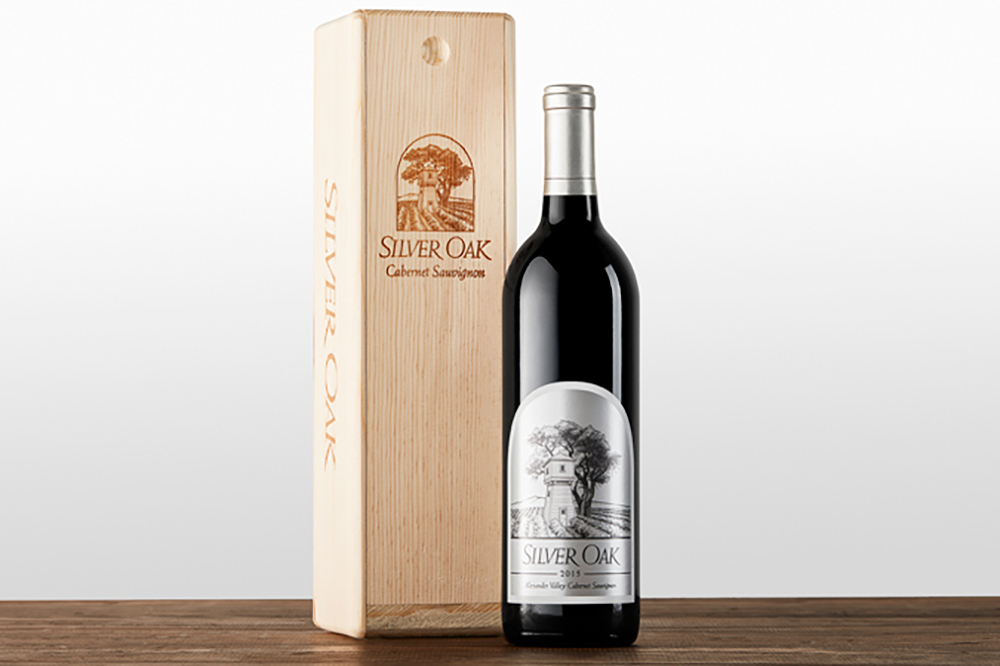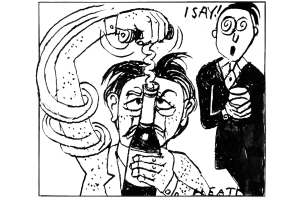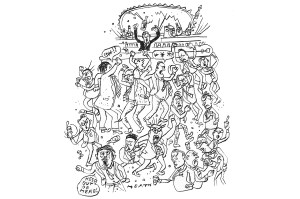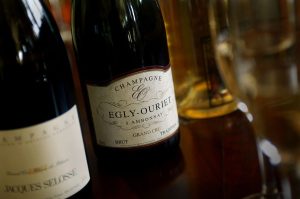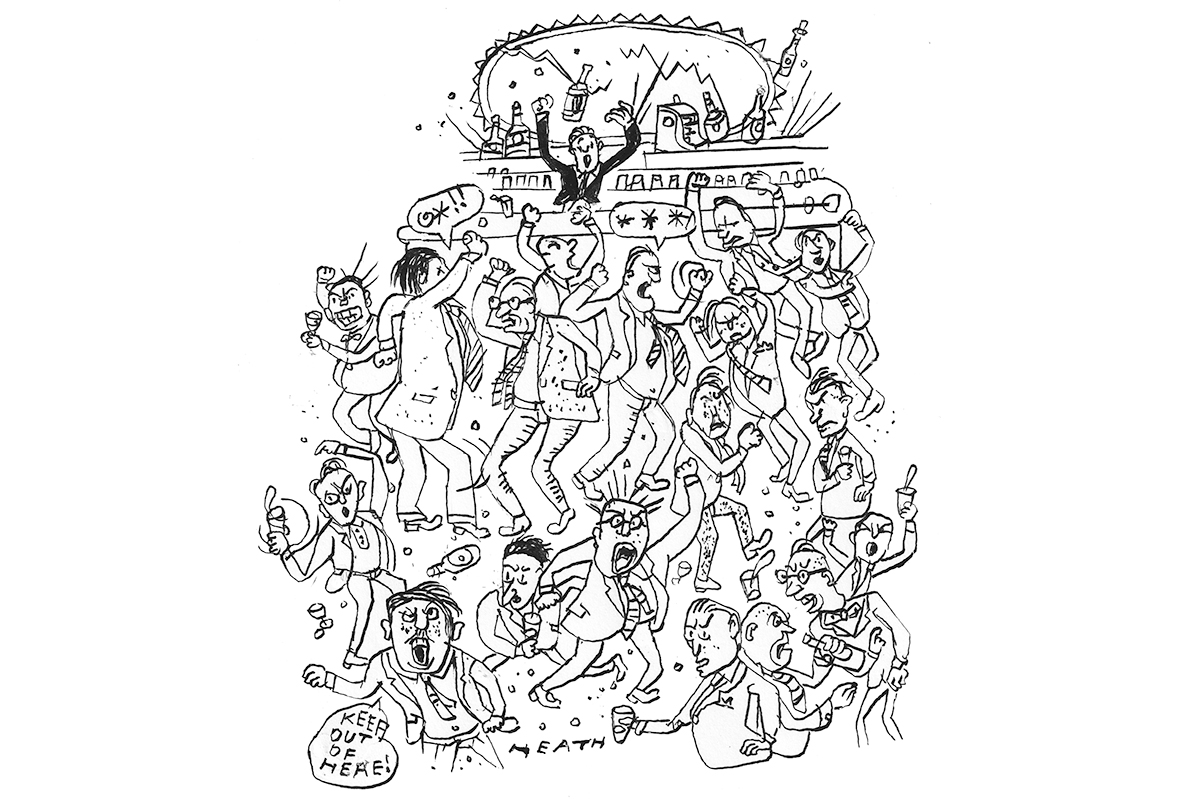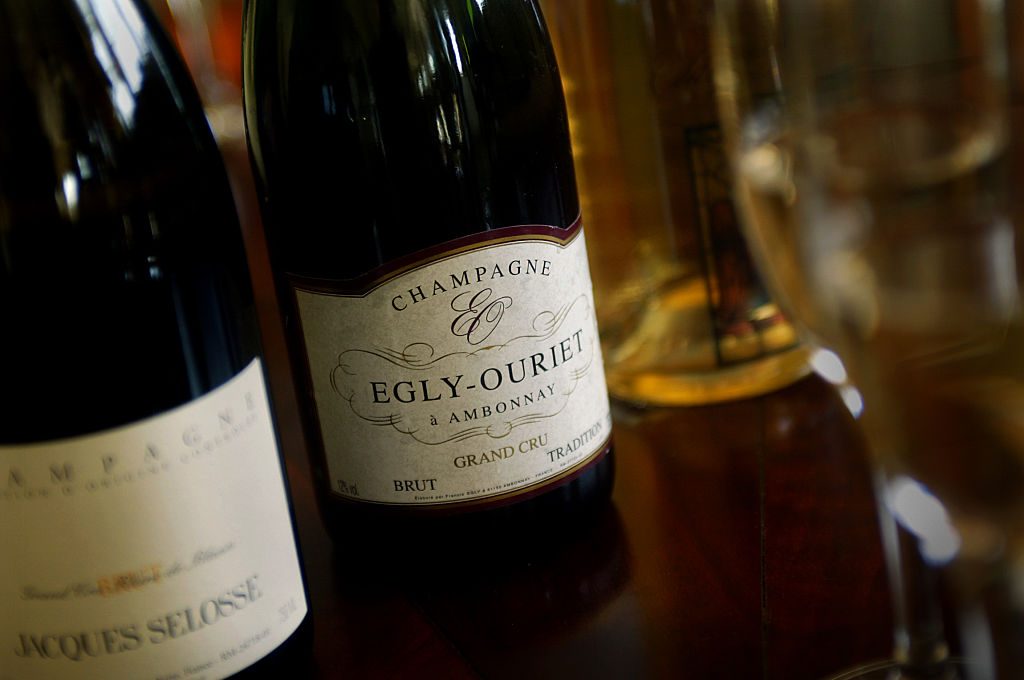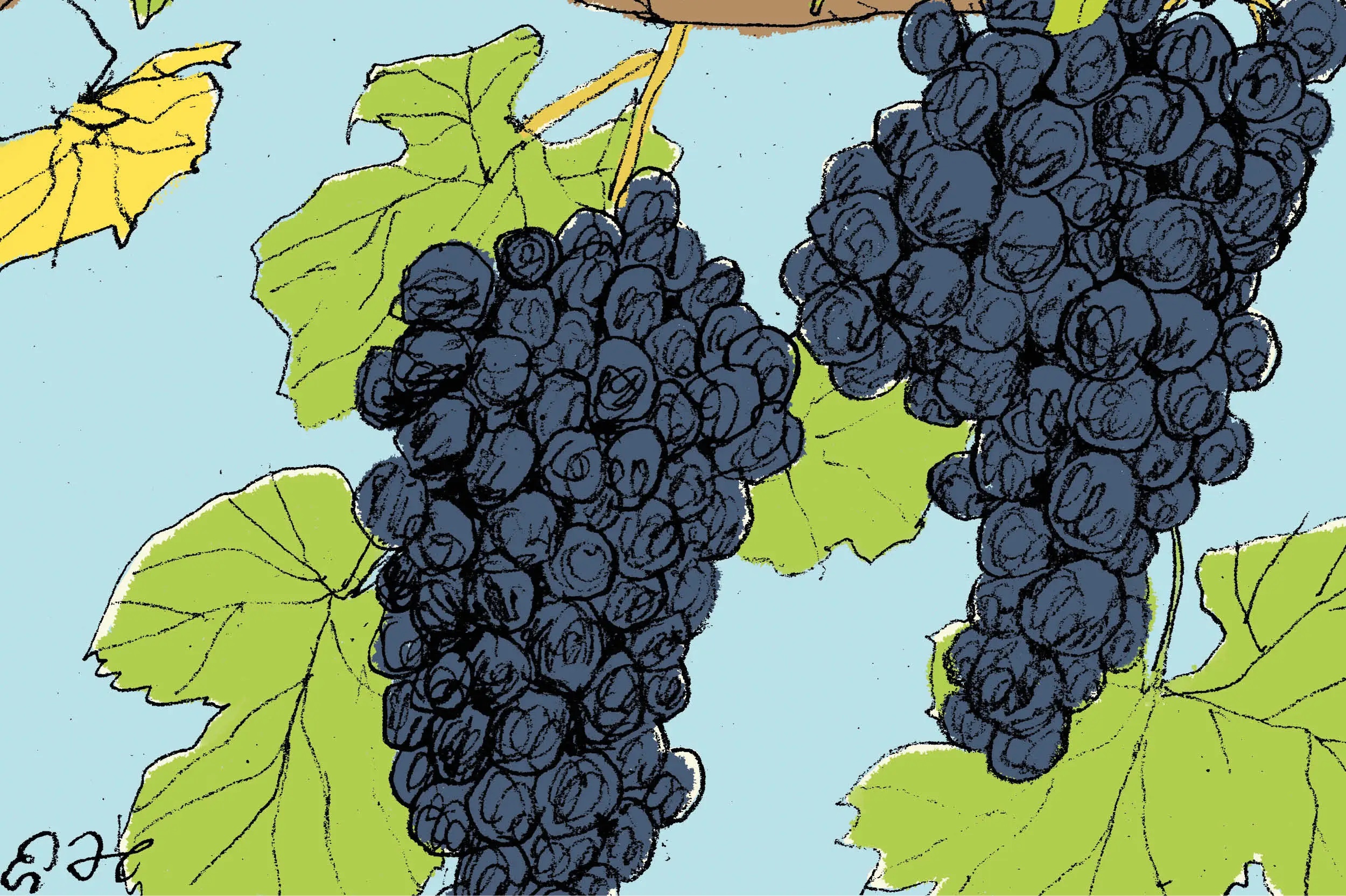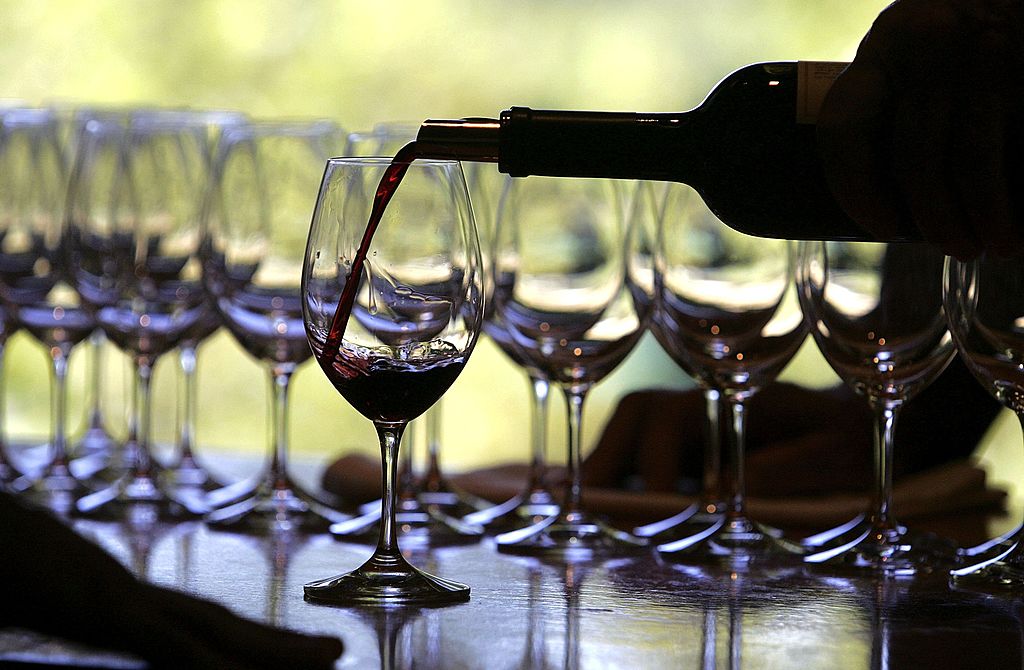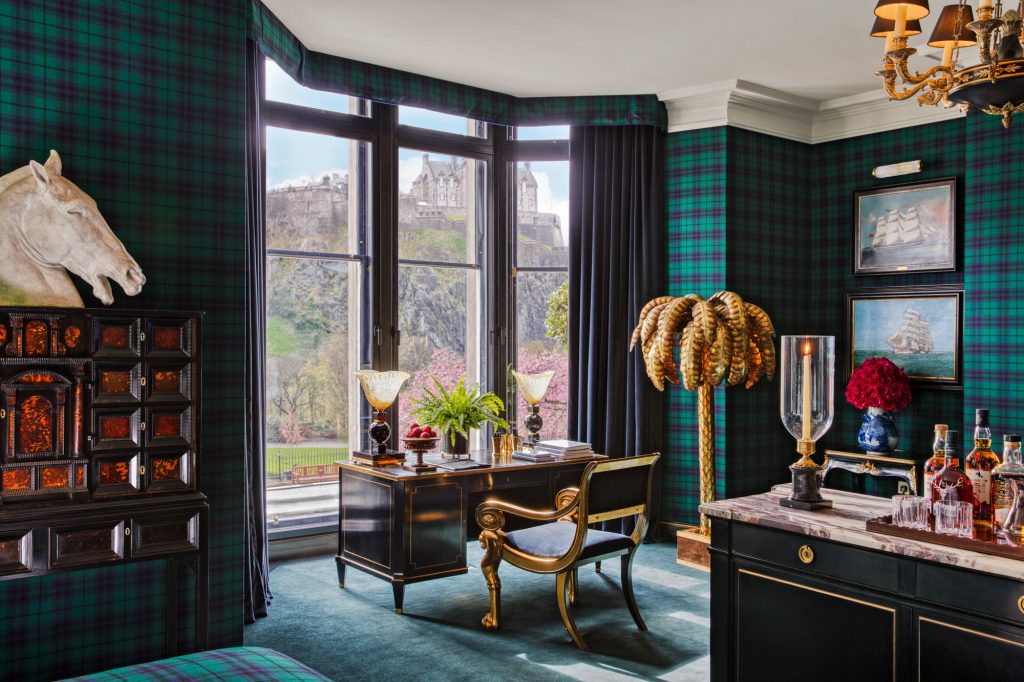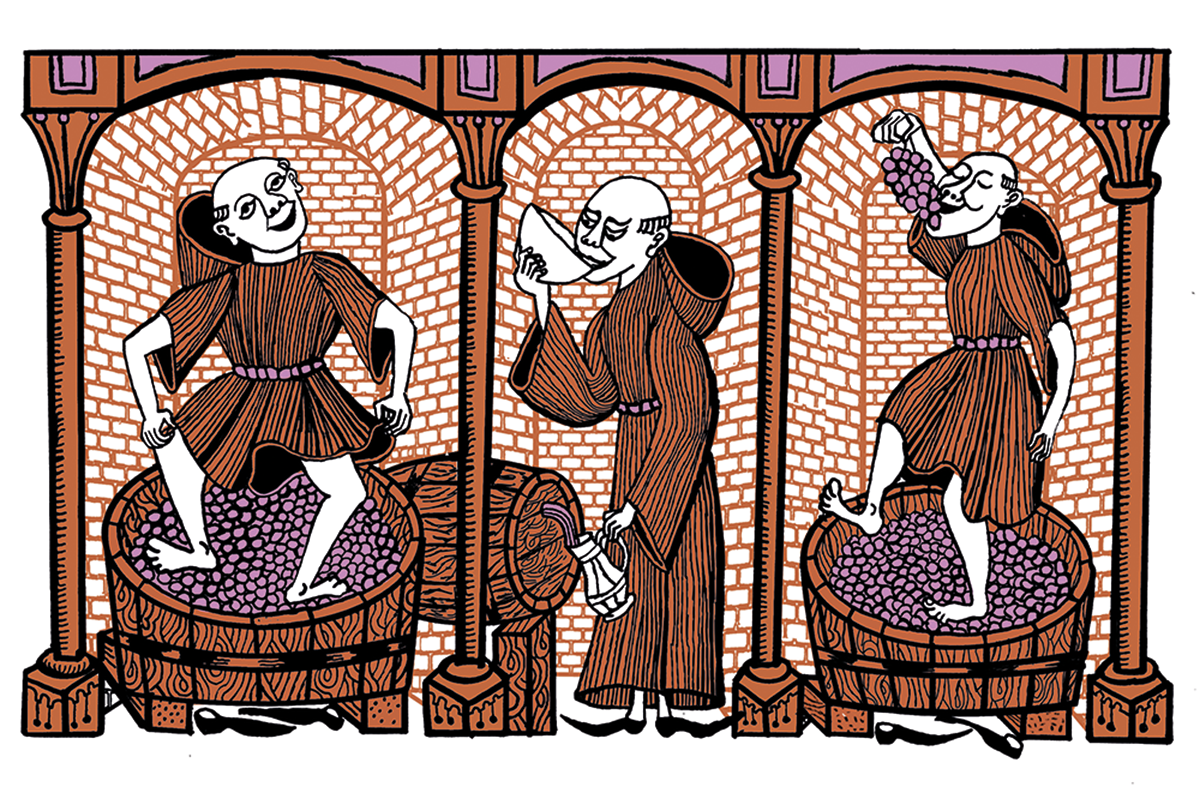This article was originally published in
The Spectator’s UK magazine. Subscribe to the US edition here.
I had to go to Hillsdale, Michigan, home of Hillsdale College, to make my first visit to Healdsburg, the Sonoma County town that is the epicenter of about 100 California wineries and tens of thousands of vineyard acres. On this first, virtual trip, I dipped my toe into the Alexander Valley, the region north-northwest of Healdsburg. There are more than 40 vineyards in the Alexander Valley and I sampled two of the best, Silver Oak and Jordan.
At least since Plato’s Symposium (Greek for ‘drinking party’), it has been understood that the essential accompaniment to wine is not food, though that is nice, but conversation. As it happens, this evening we, my sympotai and I, started off with a word or two about Plato’s Greater Hippias and Philebus. This was appropriate since those dialogues deal, respectively, with the nature of beauty and the true understanding of pleasure, subjects never far from the appreciation of good wine.
We passed quickly from Plato to education, especially the faulty teaching of American history and what to do about it. We came up with a good answer, by the way, but to say any more about that, we would have to open another bottle or two of Cabernet. So let me shelve the history lesson and say something about the 2012 Silver Oak Alexander Valley Cabernet we started with.
First, when Silver Oak says ‘Cabernet’, it means Cabernet. Many California wines of that appellation are 70-80 percent Cabernet Sauvignon, with a fair bit of Merlot and some other varietals added to smooth out and ‘season’ the drinking experience. This Silver Oak is a full 98 percent Cabernet Sauvignon, with just a hint of Merlot. The 2012 vintage was showing nicely: full fruit, taut mouth-feel and balanced medley of tannin with hints of dark cherry, leather, tobacco, cassis. The besetting sin of California wines is said to be a certain promiscuous blowsiness. This Silver Oak had none of that, possibly because its original winemaker, Justin Meyer, was a former Christian Brothers monk.
Silver Oak has been around since 1972. It was started by Meyer and a Colorado entrepreneur named Raymond Twomey Duncan. Meyer died at the tender age of 63 in 2002, having hired Daniel Baron in 1994 to succeed him. One is tempted to call Silver Oak ‘Phoenix’, since the current winery was completely rebuilt following a devastating fire in 2006. The good news is that its wines are superlative. The sobering (can that possibly be the right word?) news is that a bottle of the 2012 vintage will set you back anywhere from $70 to $100 or even more.
If thinking about that makes you feel gloomy, you will be fortunate if, like our little party, you happen to have a bottle of the 2005 Jordan Cabernet handy to ease the strain. This fine vintage was released in 2009. Its cépage is 76 percent Cabernet Sauvignon, 19 percent Merlot, 5 percent Petit Verdot.
Tom and Sally Jordan started the Jordan winery in 1974 after extensive gustatory research in Bordeaux. (Coincidentally, Tom Jordan, like Ray Duncan, hailed from Colorado. That state is not known for wine, but does seem to produce an abundance of vintners.) They succeeded in bringing the chaste, commanding Bordeaux style of winemaking to California. The unofficial motto of the winery is ‘Chardonnay, Cabernet, Hospitality’. The magnificent 58,000 sq ft Frenchstyle château that they built embodies their aspiration. It was designed by the San Francisco architect Bob Arrigoni and fulfills their ambition of allowing visitors to travel to France in spirit without leaving California.
Jordan has always been synonymous with elegance, an adjective not universally applicable to California wines. The bottle we shared was long on elegance, but enlivened by complexity and attractive heat. It was just this side of luscious: delicious, yes, but restrained. It put me in mind of one of Robert Conquest’s limericks: ‘My demands upon life are quite modest,/ They’re just to be decently goddessed. Astarte or Isis/ Would do in a crisis/ But the best’s Aphrodite, unbodiced.’ This 2005 Jordan had plenty of Aphrodite about it, but it was stately and demure, not unbodiced.
Those are all good things. But as with the 2012 Silver Oak Cabernet, they come at a price, as it happens more or less the same price. A quick search tells me that the 2005 Jordan Cabernet requires about $100. My advice: find your favorite Aphrodite (or, ladies, your favorite Adonis) and go for it. Bodiced or not, you’ll enjoy the wine almost as much as the conversation.
This article was originally published in The Spectator’s UK magazine. Subscribe to the US edition here.



